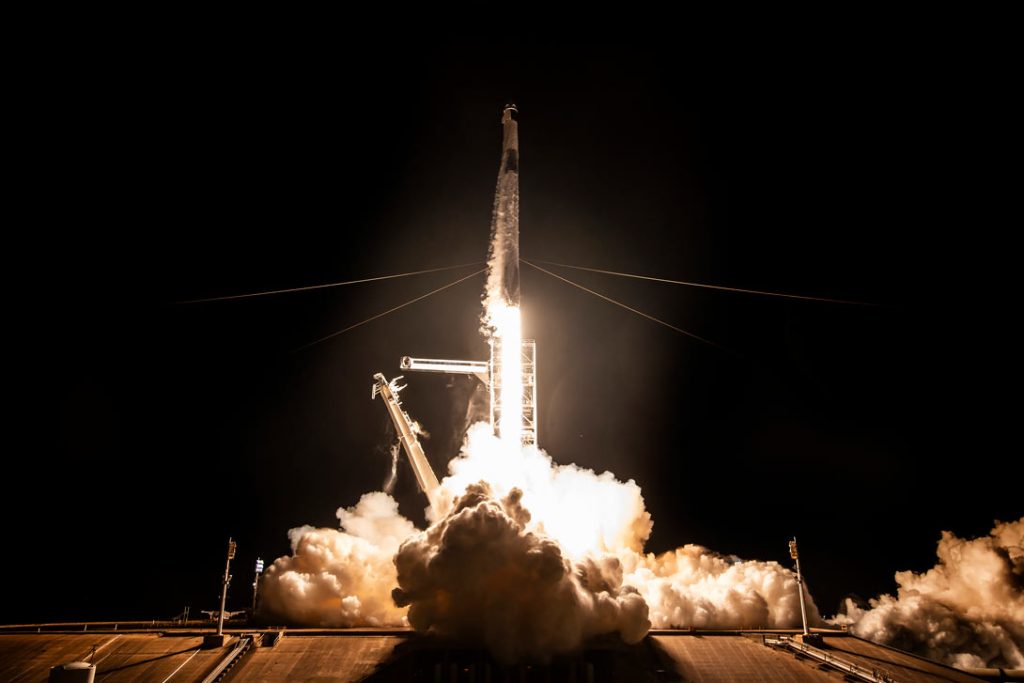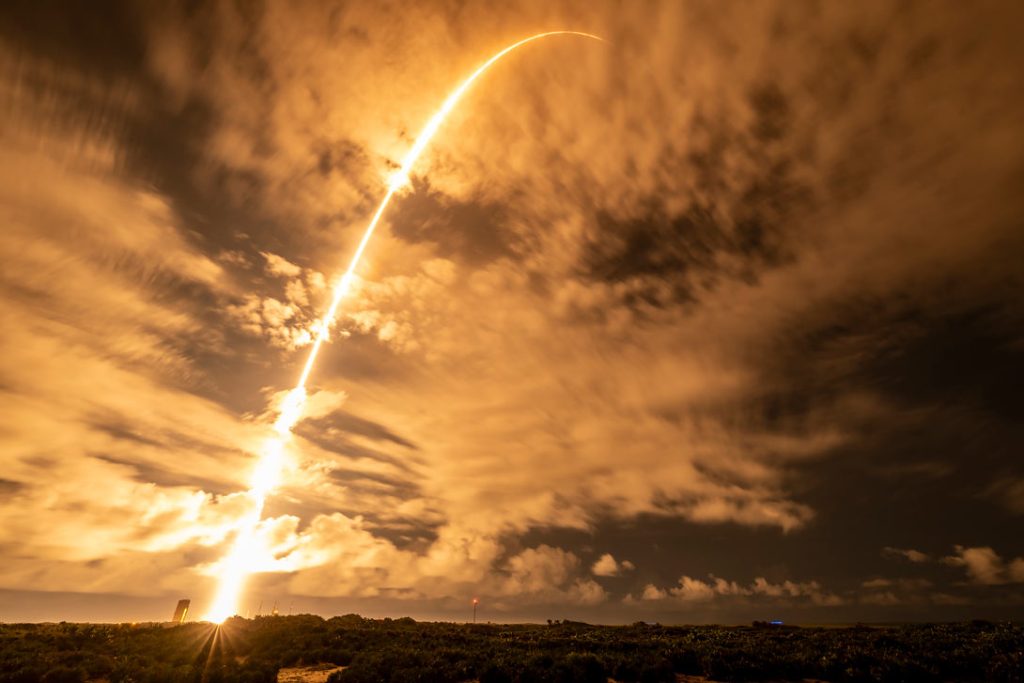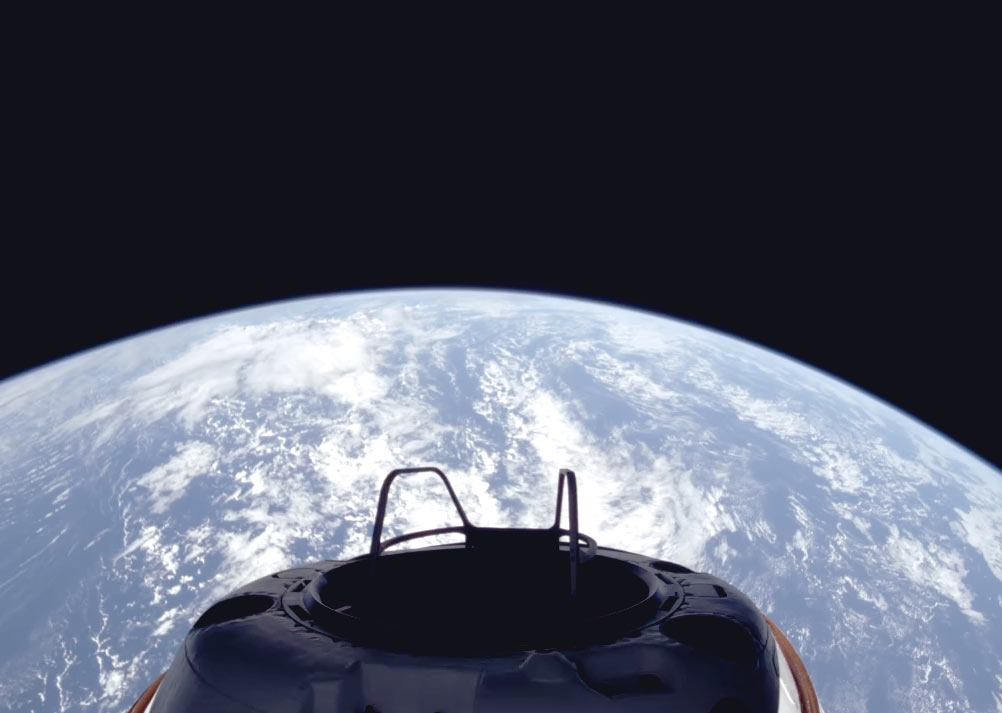
In a groundbreaking venture for private space travel, the Polaris Dawn mission, launched by SpaceX, has marked several historic milestones, pushing the boundaries of what’s possible beyond Earth’s atmosphere.
Launch and Orbit Achievement
Polaris Dawn, commanded by billionaire Jared Isaacman and accompanied by a crew including SpaceX engineers and a retired military pilot, launched successfully on a Falcon 9 rocket.

This mission took the crew to an altitude of approximately 1,400 kilometers, the farthest any human has ventured since the Apollo missions, showcasing a significant leap in private space exploration capabilities.
Historic Spacewalk
Scheduled for early Thursday, the mission includes a first-of-its-kind spacewalk for a commercial crew.

Unlike traditional spacewalks from the ISS, which use an airlock, Polaris Dawn’s spacewalk will depressurize the entire Crew Dragon capsule, exposing all crew members to space. This risky maneuver would test the new spacesuits designed by SpaceX, focusing on their performance in the vacuum of space.
Scientific Endeavors
Beyond the spectacle, Polaris Dawn is a scientific expedition. The crew is conducting experiments to understand better how cosmic radiation and microgravity affect the human body, providing crucial data for future long-duration space flights.
The mission’s orbit through regions with higher radiation exposure, like the Van Allen belts, adds a unique dimension to these studies.
Technological Innovations
The mission isn’t just about human exploration; it’s a testbed for new technologies. From the new spacesuits to the Crew Dragon’s modifications for high-altitude orbits, every aspect of Polaris Dawn contributes to the broader goal of making space travel more accessible and sustainable.
Safety and Risk
While the mission represents a leap forward, it’s not without risks. The spacewalk, in particular, carries inherent dangers due to the lack of an airlock, the new spacesuits, and the exposure to space debris and radiation. However, these risks are reportedly calculated, with extensive preparations and simulations conducted beforehand.